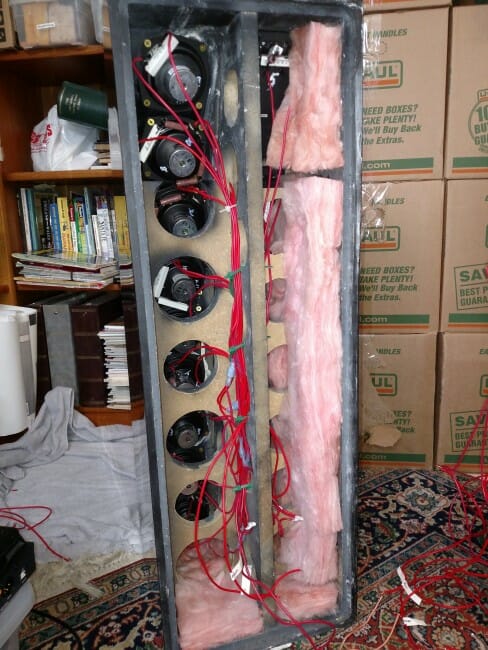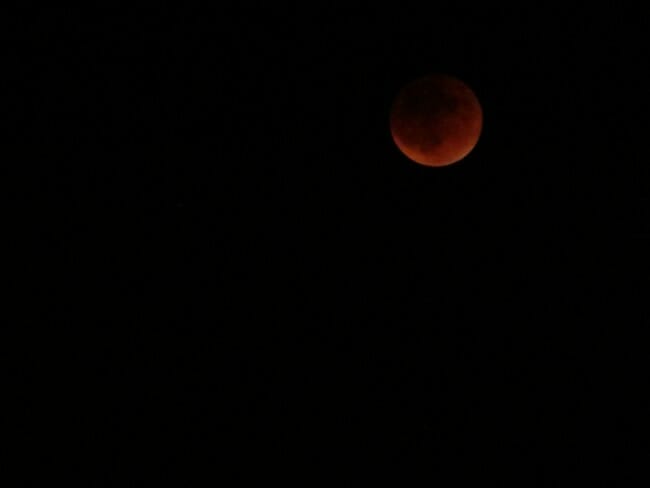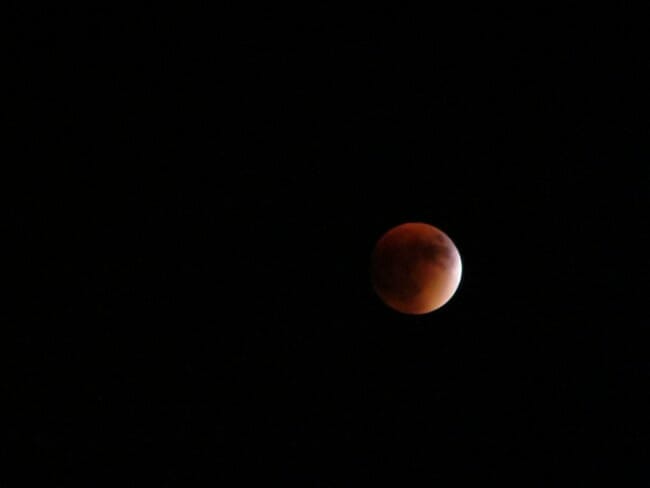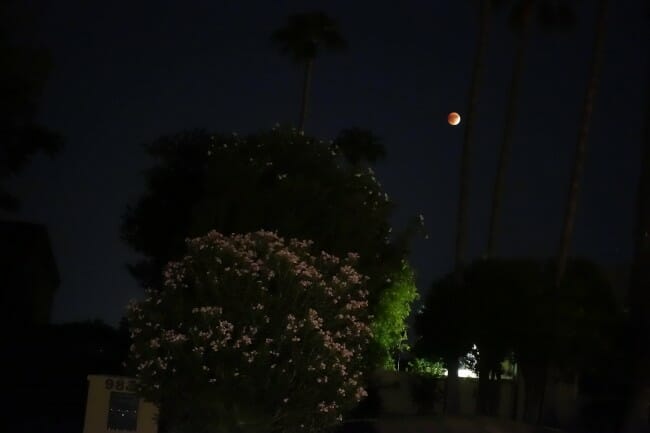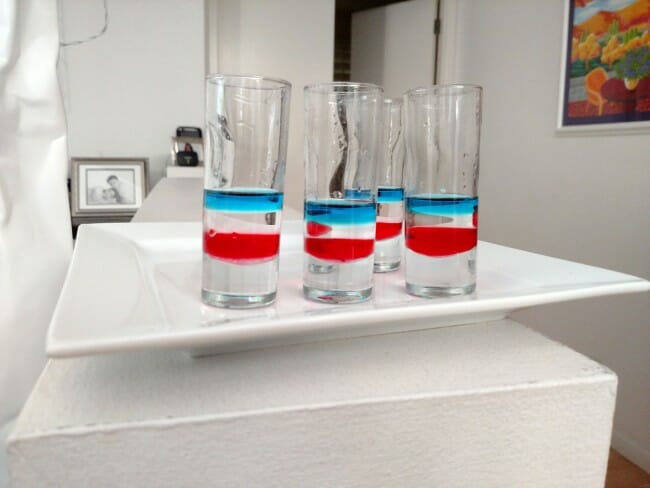Long-timer readers will know that one of my hobbies is building my own speakers. I built three big ones to go behind my home theater projection screen, and various pairs for music around the house. The first time I built speakers, I worked exactly from plans. The second time I customized a design. The third time I designed from scratch, but they were small simple bookshelf speakers.
This new project is something else. I started almost completely from scratch, beginning only from this academic article on curved line arrays. From space and wife-acceptance-factor reasons, I couldn't build a floor to ceiling traditional line array, so I thought I would try this approach. The height of the speakers was capped by some geography issues in the room they are going in.
So here is what the boxes look like so far. The rectangular openings are for PT2C-8 planar tweeters, and the round ones are for the ND90-8 mid/bass. Despite the small size of the bass drivers, the ones chosen actually go pretty deep and the speaker box models (there are lots of free programs out there) with pretty good bass, though I will have it crossed over to a subwoofer as well. The speaker actually curves upwards more than it looks like in the photo -- the angle of the photo distorts it some. The curve is actually between 25 and 30 degrees.

It turns out that things I thought would be really hard were actually easy. For example, getting the nice curve on the face was easy once I changed my plan to layering several 1/4 inch sheets rather than trying to bend a 1/2 inch or 3/4 inch sheet of mdf. The rectangular holes are not that straight but the drivers have wide flanges that will cover that up. The round holes were made WAY easier with this type of hole saw (which rather than teeth has three or four little carbide router bits that do the cutting).
What was hard was the paint. It was all done with rattle cans, I don't have any professional spray equipment. I have no idea when I decided to try to get a piano black gloss finish on this, but I will tell you now that life is too short to try to get this finish on mdf. If you look really closely you can see a few spots where I should have sanded yet again and re-coated, but I finally called it done. The worse problem was that I accidentally started with a Rustoleum lacquer. It covers beautifully but dries really, really slowly. Any other paint type will make a mess if sprayed over lacquer, so I was stuck with it unless I wanted to strip it off and start over (which in retrospect would have been a good decision). Painting this has been going on for months, with frequent long breaks to let things fully dry. I am still not sure the finish is really as hard as it should be and am paranoid about bumping it into anything. It looks good, though, almost startling when people see it for the first time.
Anyway, the next step is installing the drivers. Part of the academic paper discussed tapering the volume on the various drivers. This requires some simple resistor networks (L-pads) to attenuate each driver by a certain amount. Here are the drivers once all the resistors are soldered (on the back, so largely invisible here), shown while I am testing the network. The laptop is setting the parameters in the digital crossover, which uses a kit I built from miniDSP. The MiniDSP board also has parametric equalizers so when the speakers are finished, I can fine-tune the frequency response.

You can actually see the first driver installed on the lower right.

Here is where we get to the world-class screw-up on my part. The #1 thing I learned in speaker design is to brace the hell out of them. You don't want anything flexing. Unfortunately, I was stupid enough to put the braces in early. This is fine for the rectangular ribbon tweeters, they install from the front. But the round mid-basses install from the back, and this is what that looks like -- the unpainted panels with the holes in it are the braces, and then you can see the actual driver hole in the front of the speaker behind it:

I had this thing up on my bathroom counter so I could see the driver positioning in the mirror. I then had to reach hands through these braces while using a screwdriver with a 12 inch extension. A total contortion act, but I got the hardest one done so I am confident I can do the rest.



